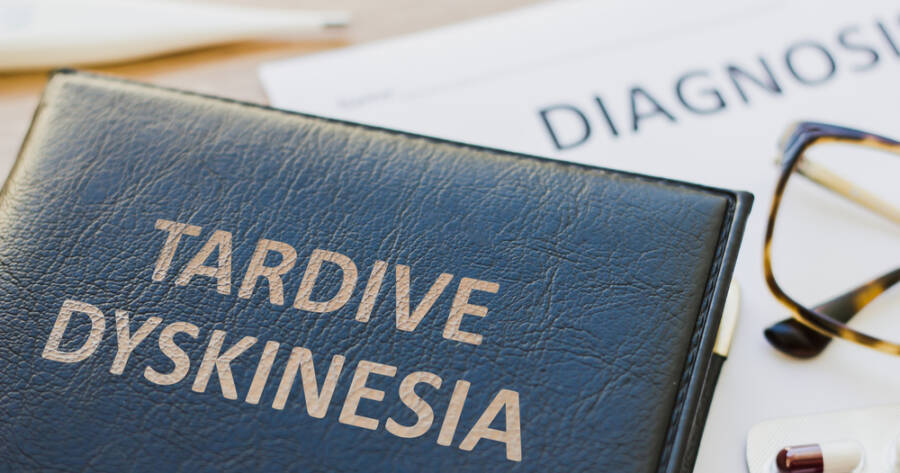Tardive Dyskinesia (TD) presents a formidable challenge in psychiatric care, primarily affecting facial muscles due to long-term dopamine blockade. Significant insights into prevention and treatment strategies, such as optimizing antipsychotic use and employing VMAT2 inhibitors, underscore the importance of managing this condition effectively. Multidisciplinary collaboration and lifestyle interventions also play crucial roles in supporting those affected by TD.
Understanding Tardive Dyskinesia
Tardive Dyskinesia (TD) is a serious movement disorder related to dopamine receptor blockades, a common outcome of prolonged use of typical antipsychotics, certain antidepressants, and antiemetics. With a prevalence rate of approximately 30% in patients on first-generation antipsychotics and 20% on second-generation antipsychotics, TD poses a significant challenge in psychiatric care as a side effect of therapeutic interventions. This condition often impacts facial muscles, resulting in involuntary movements that can be socially and physically debilitating.
Prevention Strategies for Tardive Dyskinesia
Preventing TD primarily involves minimizing the patient’s exposure to dopamine antagonists by prescribing antipsychotics only for warranted indications, using the minimum effective dose, and limiting therapy duration whenever possible.
Health professionals recommend early and aggressive treatment of first-episode psychosis to avoid prolonged exposure to these medications. Utilizing second-generation antipsychotics like clozapine and quetiapine reduces the risk of TD due to their lower affinity for D2 receptors and benefits by decreasing TD symptoms.
Treatment Approaches
When TD symptoms present, the first-line management approach is the potential withdrawal of antipsychotic medications, though this is only viable when feasible regarding the patient’s mental health state. Alternative treatments are available for those who cannot discontinue antipsychotics.
New VMAT2 inhibitors, such as valbenazine and deutetrabenazine, show promise and effectiveness in managing TD symptoms offering safer side-effect profiles compared to traditional tetrabenazine. However, supplements like vitamin E have been proven ineffective for TD, while benzodiazepines are discouraged due to their associated risks.
Lifestyle and Self-Help Strategies
Self-help strategies are pivotal in managing TD’s impact on daily life. Stress exacerbates TD symptoms, so integrating stress-reduction techniques like meditation or mindfulness into daily routines can be beneficial in alleviating symptoms.
Regular physical activity also plays a role in maintaining both mental and physical health, supporting symptom management. Joining support groups provides emotional support and shared experiences, relieving any feelings of isolation associated with the condition.
The Role of Multidisciplinary Teams
Diagnosing and managing TD requires a collaborative healthcare approach. Utilizing interprofessional teams, including psychiatrists, pharmacists, and nurses optimizes care for patients with TD.
Pharmacists play a crucial role in medication management by providing insights on drug interactions and advising on effective treatment strategies. Likewise, education and awareness among family members enhance the support network needed for those affected by TD by promoting understanding and assistance.
Learn More About Tardive Dyskinesia Prevention
Understanding tardive dyskinesia and the steps involved in its prevention is critical for anyone using or prescribing antipsychotic medications. By minimizing exposure to dopamine receptor antagonists and optimizing medication management, the risk of developing TD can be significantly reduced.
Moreover, employing a multidisciplinary strategy ensures a well-rounded approach to both preventing and managing TD. As newer therapies and supportive strategies emerge, those affected by TD and healthcare providers stand to benefit from ongoing research and evolving treatment protocols.





